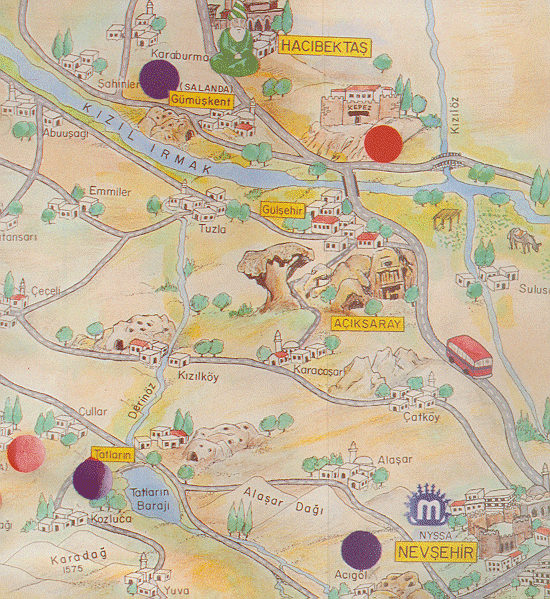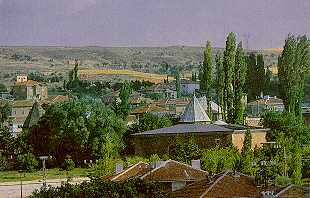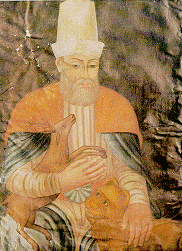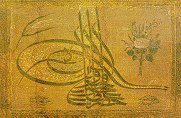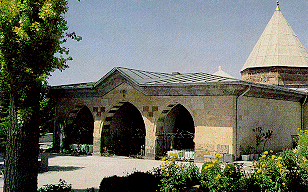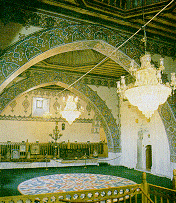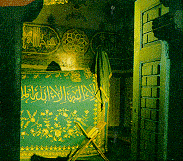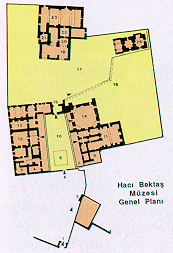| Hacibektas... |
|
A clean and pleasant town on the northwestern outskirts of the Cappadocian region, Hacibektas, 29 km west of Gülsehir, is
famous not for its churches or troglodyte dwellings, but as the birthplace of Haci Bektas Veli, founder and spiritual
leader of the Bektasi order of Dervishes. Haci Bektas, who lived in the 1200s, inspired a religious and political following
that blended aspects of Islam (both Sunni and Shute) and Orthodox Christianity. Bektasi Dervishes, who were often scorned
by mainstream Islamic clerics, developed a wide following in Ottoman times, attaining considerable political and religious
influence. They were outlawed along with all other Dervish sects when the Turkish Republic was founded. The Bektasi
spiritual philosophy developed in the borderlands between the Turkish and Byzantine empires, where guerrilla fighters from
both sides had more in common with one another than they did with their sovereigns in Konya or Constantinople. Their
liberal beliefs caught on with the common people, and the ideas of the Bektasis are still an important force in Turkish
religious life today. The believers gather in Hacibektas each August on pilgrimage to the saint's tomb. There's only one
really, the Haci Bektas Monastery, officially called the Hacibektas Muzesi, open from 8 am to 12 noon and from 1:30 to
5:30 pm, closed Monday. Admission costs US$ 0.50. Plaques are in Turkish, with some in English. Though it's called a
museum, you should remember that it is a sacred place. Several rooms in the museum are arranged as they might have looked
when the Dervishes lived here, including the As Evi, or kitchen, with its implements; and the Meydan Evi, where novice
Dervishes were inducted into the order. Other rooms have musical instruments, costumes, embroidery, turbans and other
artefacts of the order, as well as relevant old photographs. You can enter the saint's tomb in the garden at the far end
of the building; remove your shoes before stepping inside, as this is a place of prayer. The previous name of the town
which is also the sub- prefectural seat of the region Hacibektas in the Province of Nevsehir and located at the middle
of Central Anatolia was Sulucakarahoyük. It has been erected at the southern slopes of Çilehane Beli range. A part of the
inhabitants of the town of which the houses are generally built with flat roofs lives on carpet - making. Objects made by
carving semiprecious stones have also become an important livelihood in the recent years.
|
|

|


